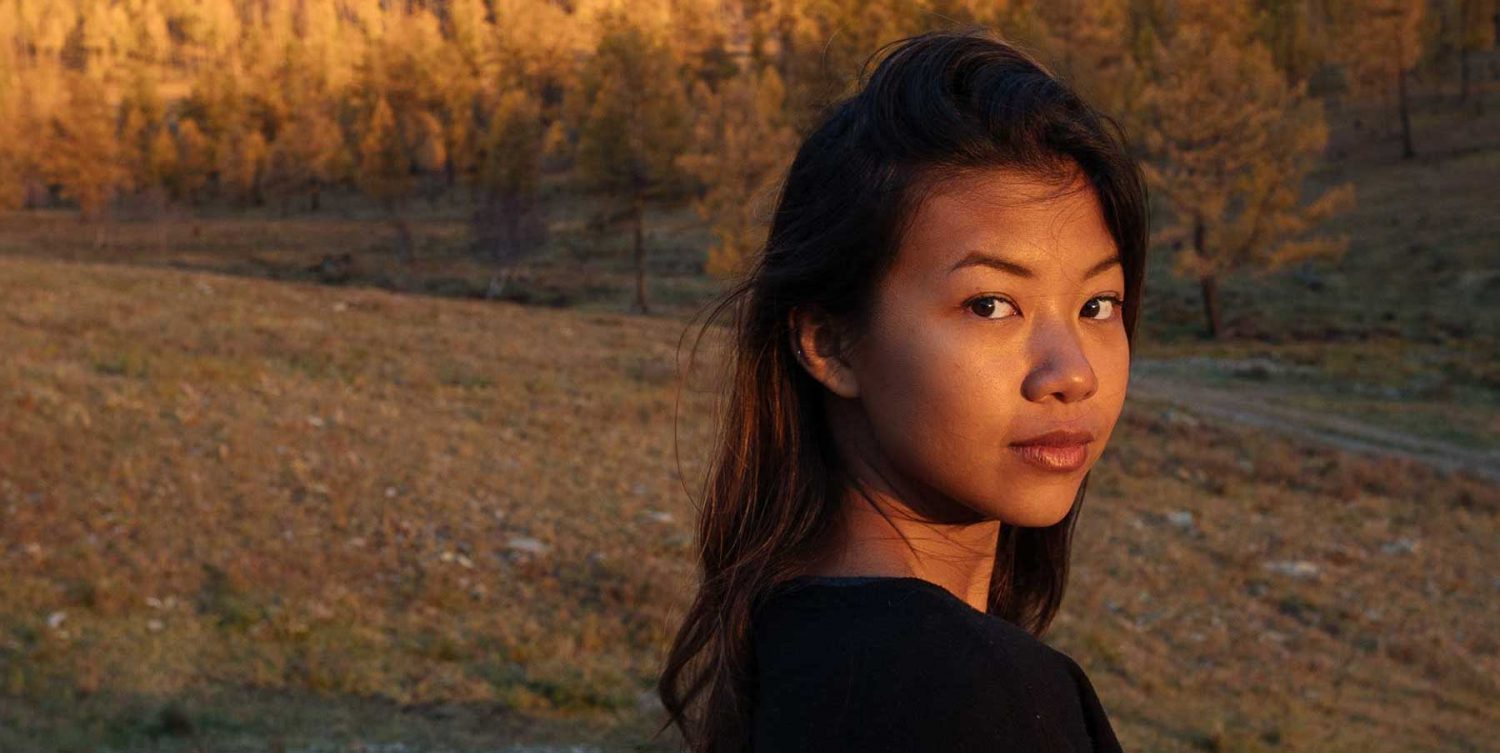Hannah Reyes Morales is a photographer whose work documents tenderness amidst adversity. Her photography, both visceral and intimate, takes a look at how resilience is embodied in daily life.
Through her photography she has reported on forced marriages in Cambodia, and has explored the long term effects of colonisation on women’s bodies in the Philippines. She has photographed the toll of Rodrigo Duterte’s war on drugs, and documented the Filipino Diaspora and the effects of migration on the island nation where she is from. She spent the last two years looking at lullabies and night time rituals in high harm environments across the world.
She contributes work to The New York Times, The Washington Post, and National Geographic Magazine, among others.
The World Economic Forum named her a cultural leader in their ASEAN forum. In 2019 she participated in the World Press Photo’s Joop Swart Masterclass and received the Tim Hetherington Visionary Award. She received the ICP Infinity Award for Documentary Practice and Visual Journalism in 2020.
Hannah is currently working on longer term projects, focused on safer space making and caregiving. She is a 2020 National Geographic Explorer.
Here, she shares her views about the importance of mentorship and how the documentary form is evolving.
What were the turning points in your photography career? Did mentorship play a role in your professional development?
Mentorship played an important role for me in my photography practice. I was lucky enough to have had Erika Larsen mentor me, and her guidance was truly so valuable in understanding my own path. At the same time, I also feel grateful for peer mentors who I can share with and learn with. While photography often feels like a very solitary practice, it really is not possible without community and support.
The award welcomes visual storytelling in different forms, including multimedia. What do you think about the ways in which visual storytelling is developing in Southeast Asia, particularly with regard to documentary projects?
Southeast Asia is one of the fastest growing internet markets, and has a really young population. I think these, among other factors, have moved the way we engage with documentary stories. Documentary photography, and how we share it is evolving. There’s no limit for sharing work as we populate feeds with images, and I’m wondering what is the kind of work in this age that will stand the test of time. How do we make work that goes beyond ‘content’ for these platforms? How can we shape our practice so that the platforms can elevate the work? At the same time, I am excited about our ability to connect with each other as a region, as more of us get online.
The Objectifs Documentary Award is now open for applications. The deadline for applications is 18 April 2021.

